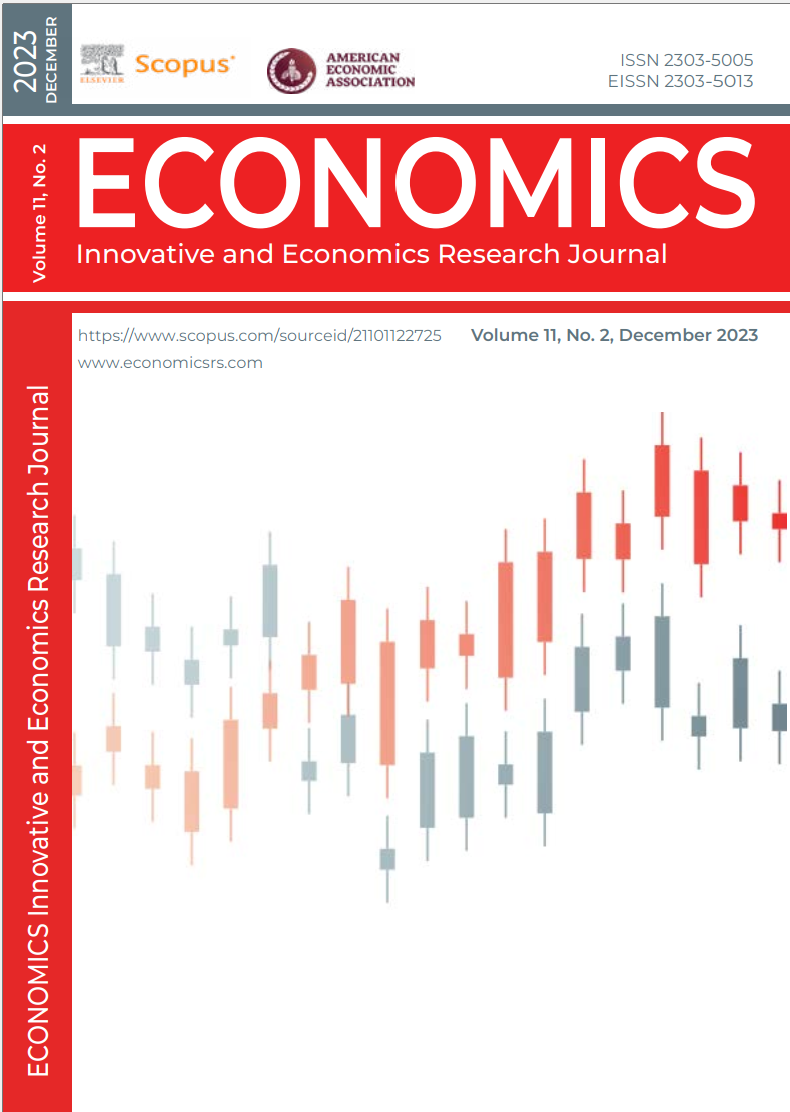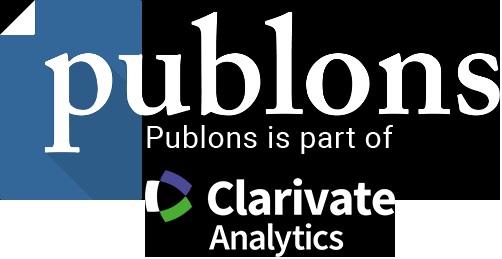STUDY OF BEST PRACTICES OF GREEN ENERGY DEVELOPMENT IN THE EU COUNTRIES BASED ON CORRELATION AND BAGATOFACTOR AUTOREGRESSIVE FORECASTING
DOI:
https://doi.org/10.2478/eoik-2023-0029Keywords:
renewable energy sources, wind energy, autoregressive models, investment, transition processAbstract
Russia’s military aggression against Ukraine has undermined the global energy system, leading to high energy prices and increased concerns about the EU’s energy security EU leaders have adopted a number of laws and developed the REPowerEU plan to reduce dependence on Russian energy imports by accelerating the transition to clean energy and creating a more sustainable energy system in Europe. The plan includes measures to save energy, diversify supplies and rapidly replace fossil fuels with clean energy sources, as well as prioritizes equity and solidarity, taking into account the energy balances of each EU member state. It builds on the Fit for 55 proposals and supports the ambitious goal of achieving at least -55% net greenhouse gas emissions by 2030 and climate neutrality by 2050. The aim of the article is to study the use of renewable energy in the European Union, the application of autoregressive models to predict the development of renewable energy.The results and conclusions. As a result of the study, based on the methodology of transients, a model of change in the volume of investment in wind energy was developed in the form of a differential equation. It was proved that the transition process is stable, even with time constraints or reduction of investment in the development of wind energy over time it will return to a stable growing trend (which was obtained by means of bagatofactor autoregressive models).
References
Abdulloev, I., Epstein,G. & Gang,I.(2020).A Downside to the Brain Gain Story. ECONOMICS - Innovative and Economics Research Journal, 8(2), 9-20. https://doi.org/10.2478/eoik-2020-0017
Chermack T.J., Lynham S.A. & Ruona W.E.A. A (2001). Review of Scenario Planning Literature. Futures Research Quarterly, 17 (2), 7–31. http://surl.li/gjasy
Electricity generation in 2021: Share of conventional energy sources increased significantly. http://surl.li/giiqs
Federal Ministry for Economic Affairs and Climate Action (BMWK) and AGEE Stat. (2021). Erneuerbare Energien in Zahlen Nationale und internationale Entwicklung im Jahr 2021, https://www.erneuerbare-energien.de/EE/Redaktion/DE/Downloads/Berichte/erneuerbareenergien-in-zahlen-2021.html
Global Energy Assessment. Toward a Sustainable Future. Key Findings Summary for Policymakers Technical Summary. (2012). International Institute for Applied Systems Analysis. http://surl.li/gjbaq
Global Wind Energy Council (GWEC). (2022). Global Wind Report 2022. 8, 102, 107, 112. https://gwec.net/global-wind-report-2022
Hamming W. Numerical methods for scientists and engineers. (1987). http://surl.li/gjavx
Helm D. (2002). Energy policy: security of supply, sustainability and competition. Energy Policy, 30, 173–184. https://iiasa.ac.at/
Huntington H.G., Weyant J., Sweeney J.L. (1982). Modeling for insights, not numbers: the experiences of the energy modeling forum. Omega, 10(5), 449–462. https://ideas.repec.org/a/eee/jomega/v10y1982i5p449-462.html
Laitner J.A., DeCanio S.J., Coomey J.G., Sanstand A.H. (2003). Room for improvement: increasing the value of energy modeling for policy analysis.Utilities Policy, 11(2), 8794. https://ideas.repec.org/a/eee/juipol/v11y2003i2p87-94.html
Lyzhnyk Yu.B. (2019). Modeliuvannia perekhidnykh protsesiv dlia analizu pokaznykiv sotsialno-ekonomichnoho rozvytku rehioniv Ukrainy. Antykryzove upravlinnia ekonomichnykh rozvytkom rehioniv. http://elibrary.donnuet.edu.ua/1340/
Maryuta A.N., Ekimov S.V. (2005). Matematicheskie modeli ekonomiki: monografіya. Dnіpro: Nauka i obrazovanie.
N.S. Ivanova, N.S. Pryimak, I.A. Karabaza, V.V. Barabanova ta in. (2021). Publichne upravlinnia ta administruvannia v zabezpechenni realizatsii tsilei staloho rozvytku. http://elibrary.donnuet.edu.ua/2325/
Pina A., Silva C., Ferrao P. (2011). Modeling hourly electricity dynamics for policy making in long-term scenarios. Energy Policy, 39(9), 4692–4702. https://doi.org/10.1016/j.enpol.2011.06.062
Thörnqvist, C. & Kilstam,J.(2021).Aligning Corporate Social Responsibility with the United Nations’ Sustainability Goals: Trickier than it Seems? ECONOMICS - Innovative and Economics Research Journal, 9(1), 161-177. https://doi.org/10.2478/eoik-2021-0009
Trofymenko, O., Ilyash, O., Voitko, S., Dluhopolska, T., Kozlovskyi, S., & Hrynkevych, S. (2022). Impact of energy innovations on the ukraine’s economy: strategic direction and managerial practices. ECONOMICS - Innovative and Economics Research Journal, 10(2), 27-44. https://doi.org/10.2478/eoik-2022-0018
Vergunova І.M. Sistemne modelyuvannya v ekonomіcі. (2016). Kiїv. nac. un-t іm. T. SHevchenka. Kiїv: Nash format.
Worrel E., Ramesohl S., Boyd G. (2004). Advances in energy forecasting models based on engineering economics. Annual Review of Environment and Resources, 29, 345–381.
https://www.annualreviews.org/doi/abs/10.1146/annurev.energy.29.062403.102042
Yeliseieva O.K., Lyzhnyk Yu.B. (2012). Statystychnyi analiz ta modeliuvannia sotsialno-ekonomichnykh protsesiv. https://oaji.net/pdf.html?n=2017/727-1501662367.pdf
Yeliseieva O.K., Maryuta A.N., Uzunov V.N. (2004). Diagnostika i upravlenie proizvodstvenno-ekonomicheskimi sistemami.
Yelisieieva O.K., Khazan P.V. (2017). Metodolohichni aspekty statystychnoho analizu vidnovliuvanoï enerhetyky Ukraïny. Upravlinnia enerhozberihaiuchymy tekhnolohiiamy v Ukraïni ta sviti: metodolohiia ta praktyky, 110–129. http://eadnurt.diit.edu.ua/bitstream/123456789/10060/1/monograph.pdf
Downloads
Published
How to Cite
Issue
Section
License
Copyright (c) 2023 ECONOMICS - INNOVATIVE AND ECONOMICS RESEARCH JOURNAL

This work is licensed under a Creative Commons Attribution-NonCommercial-NoDerivatives 4.0 International License.























